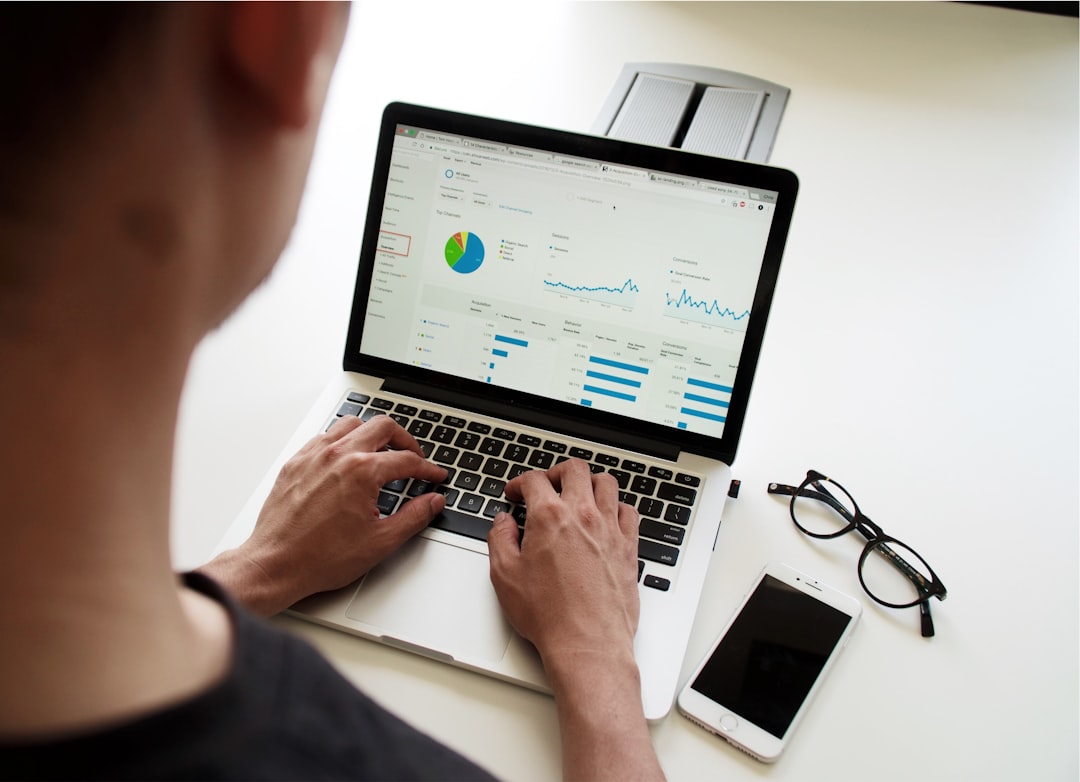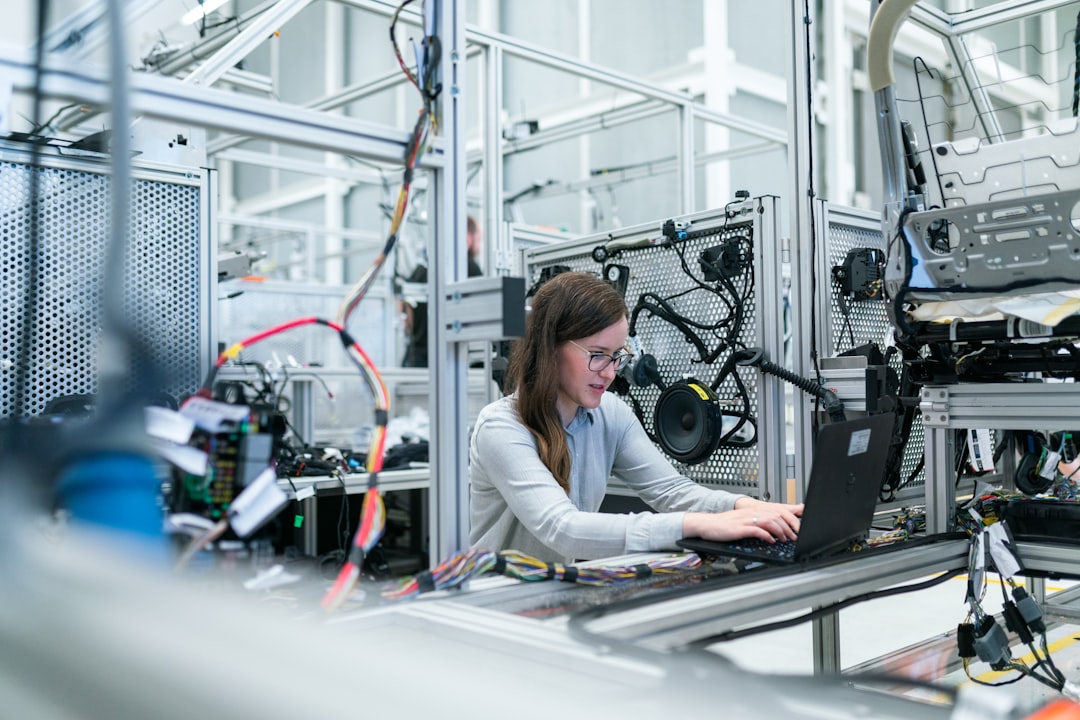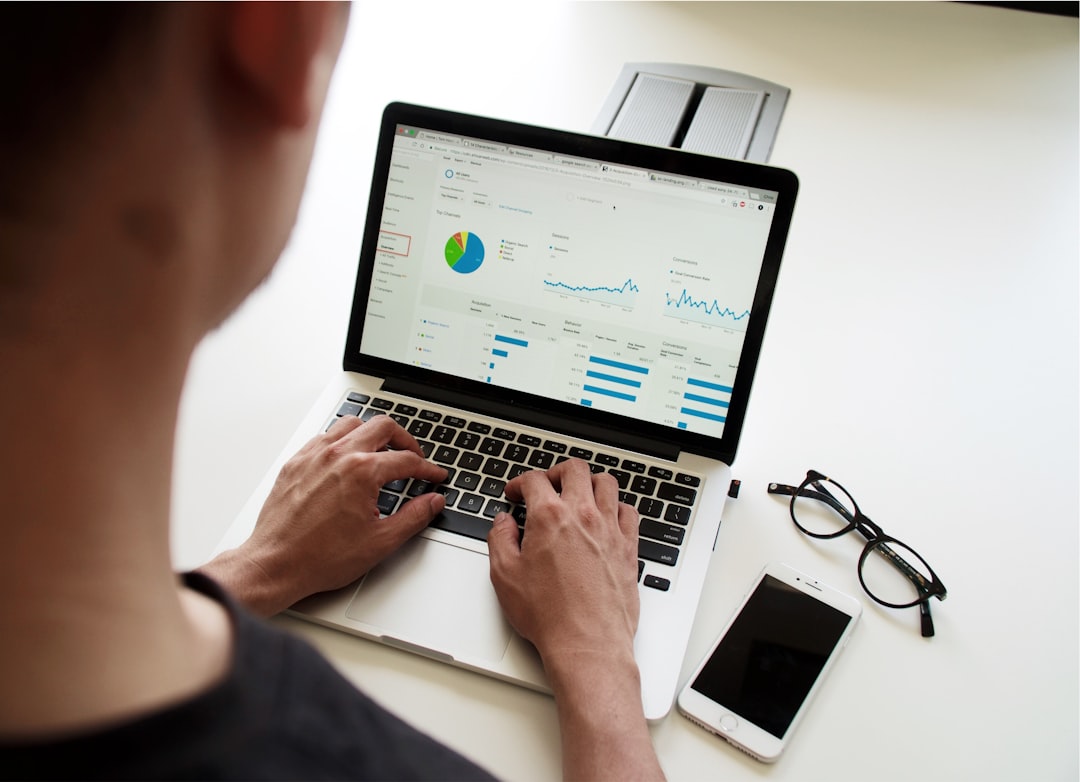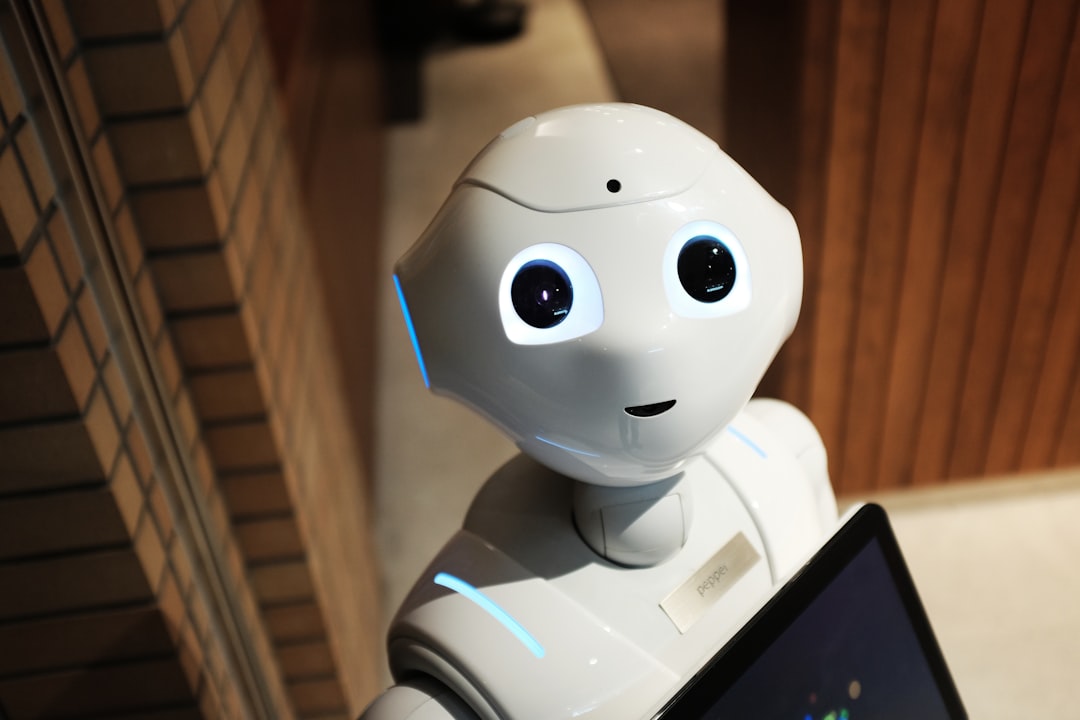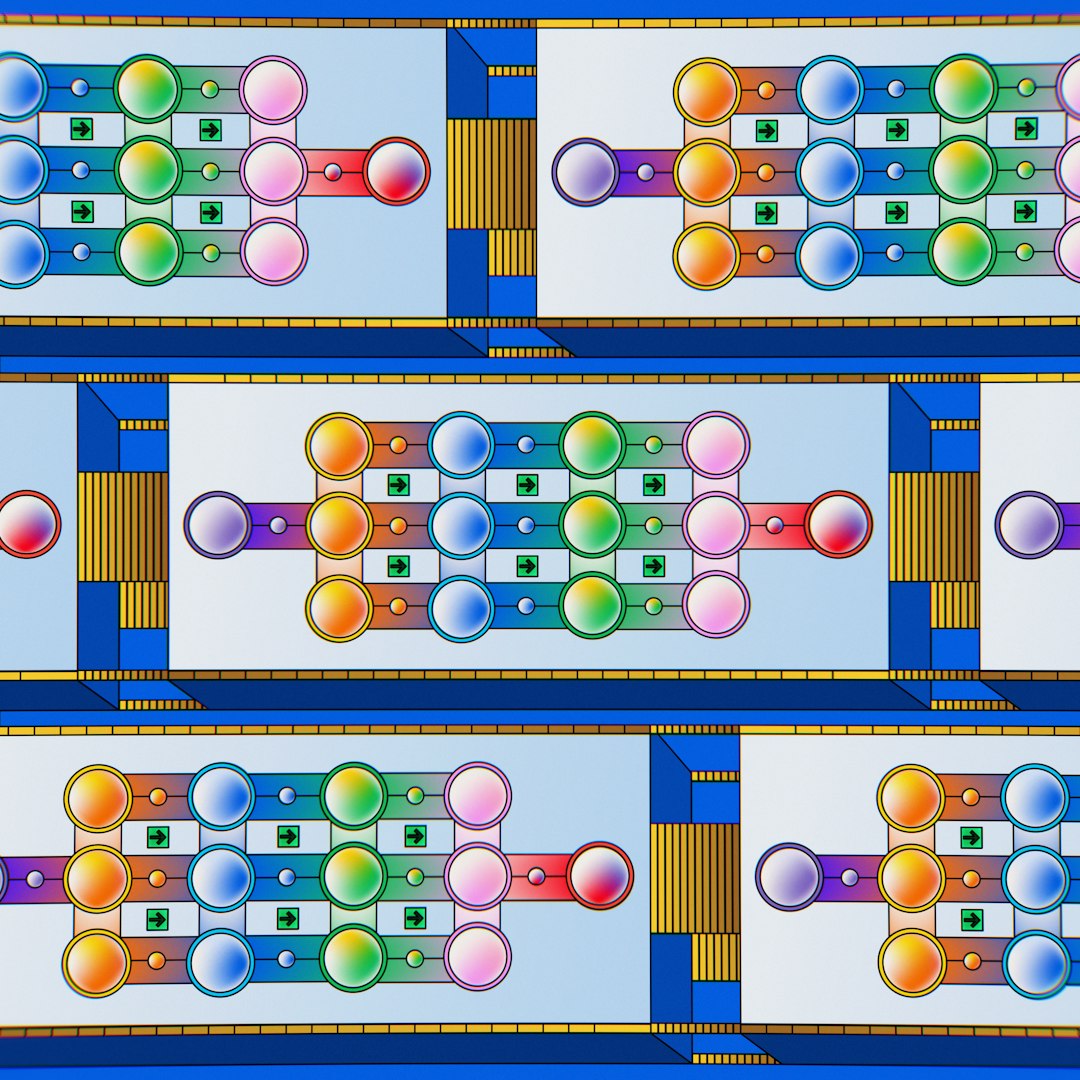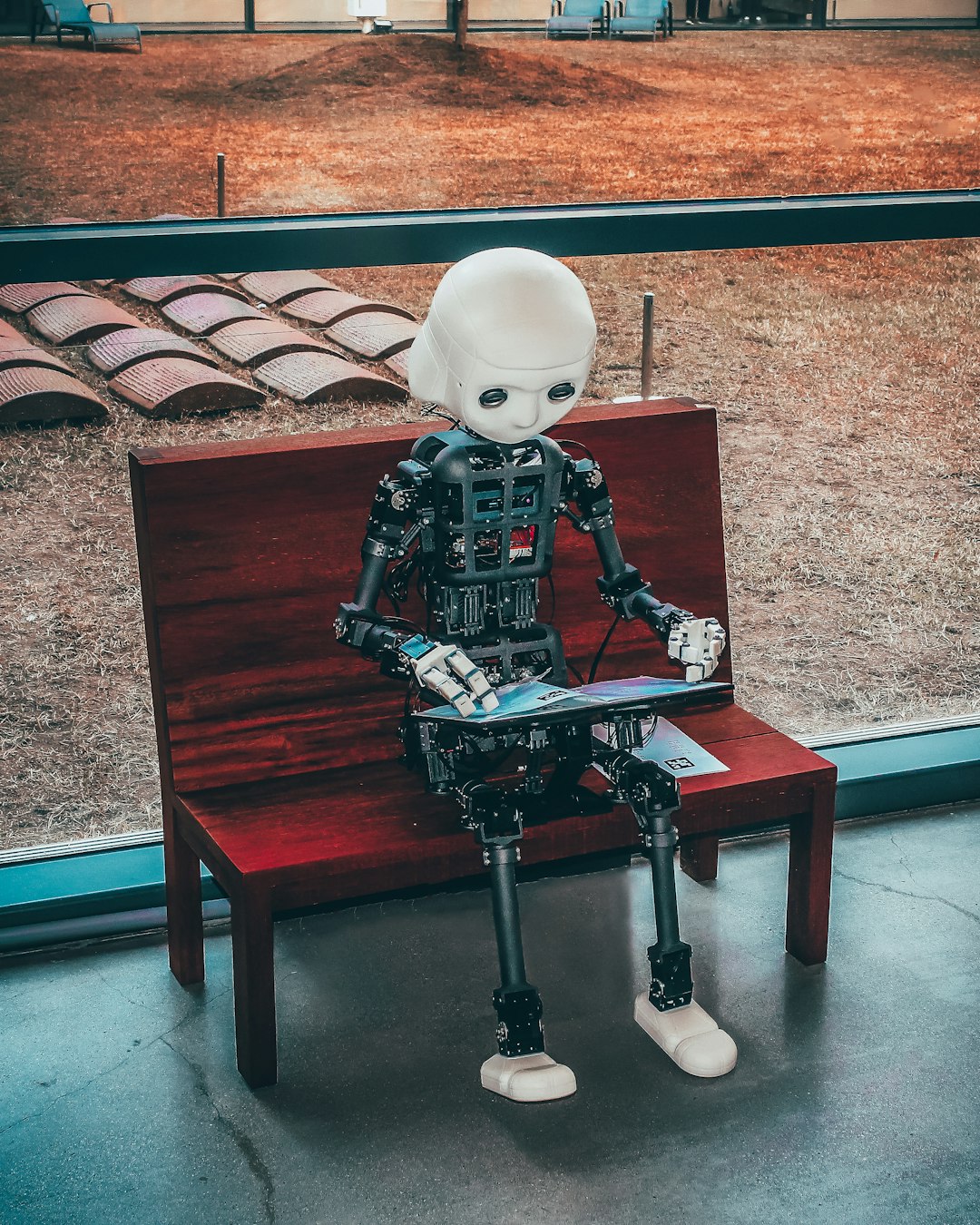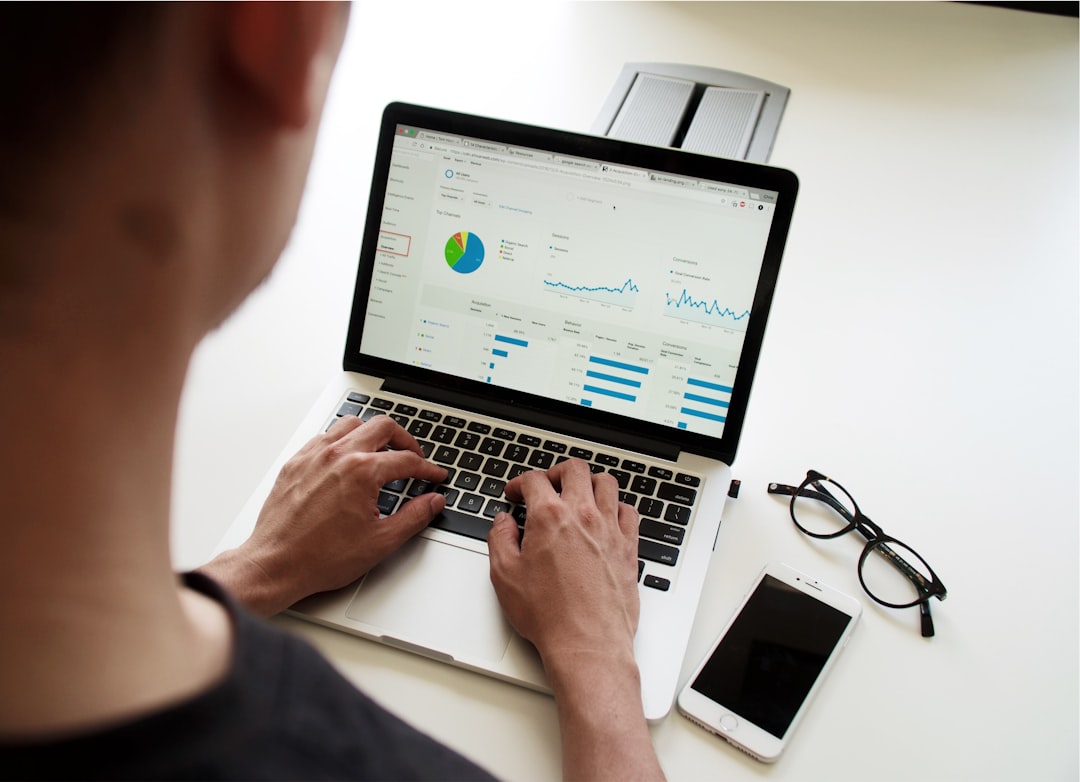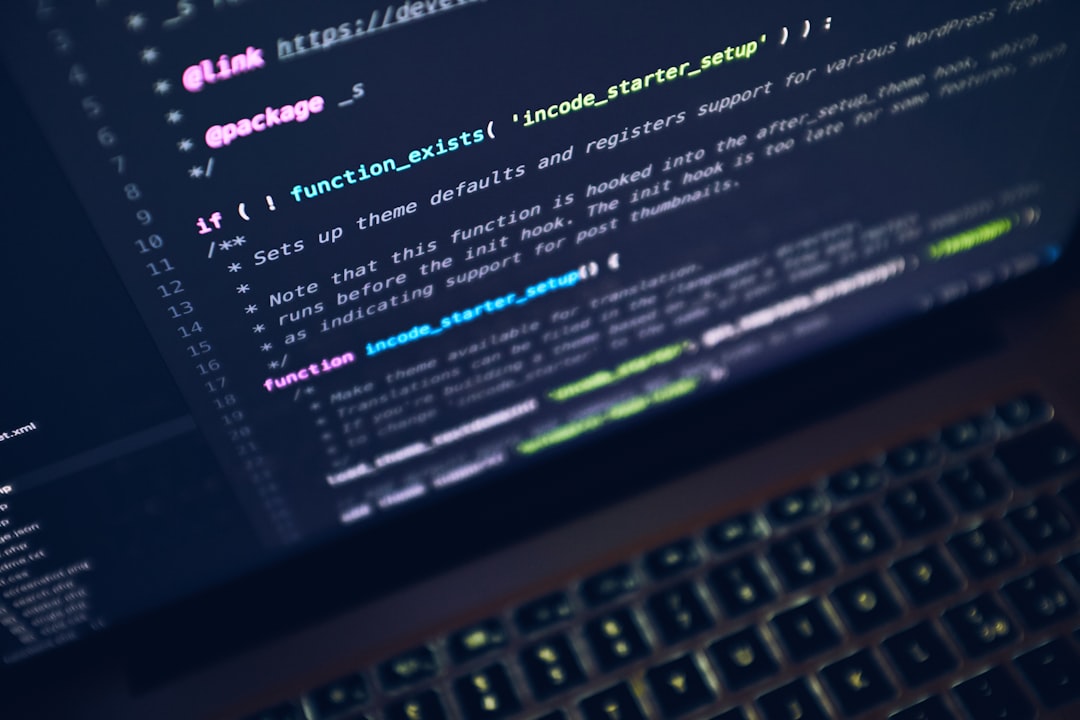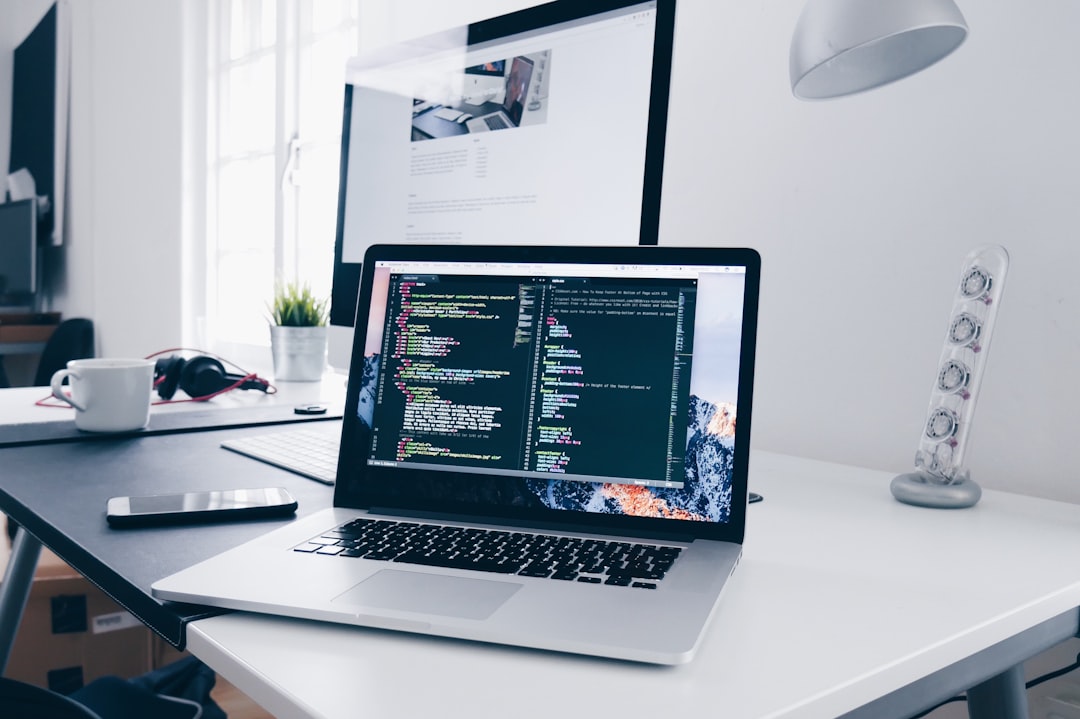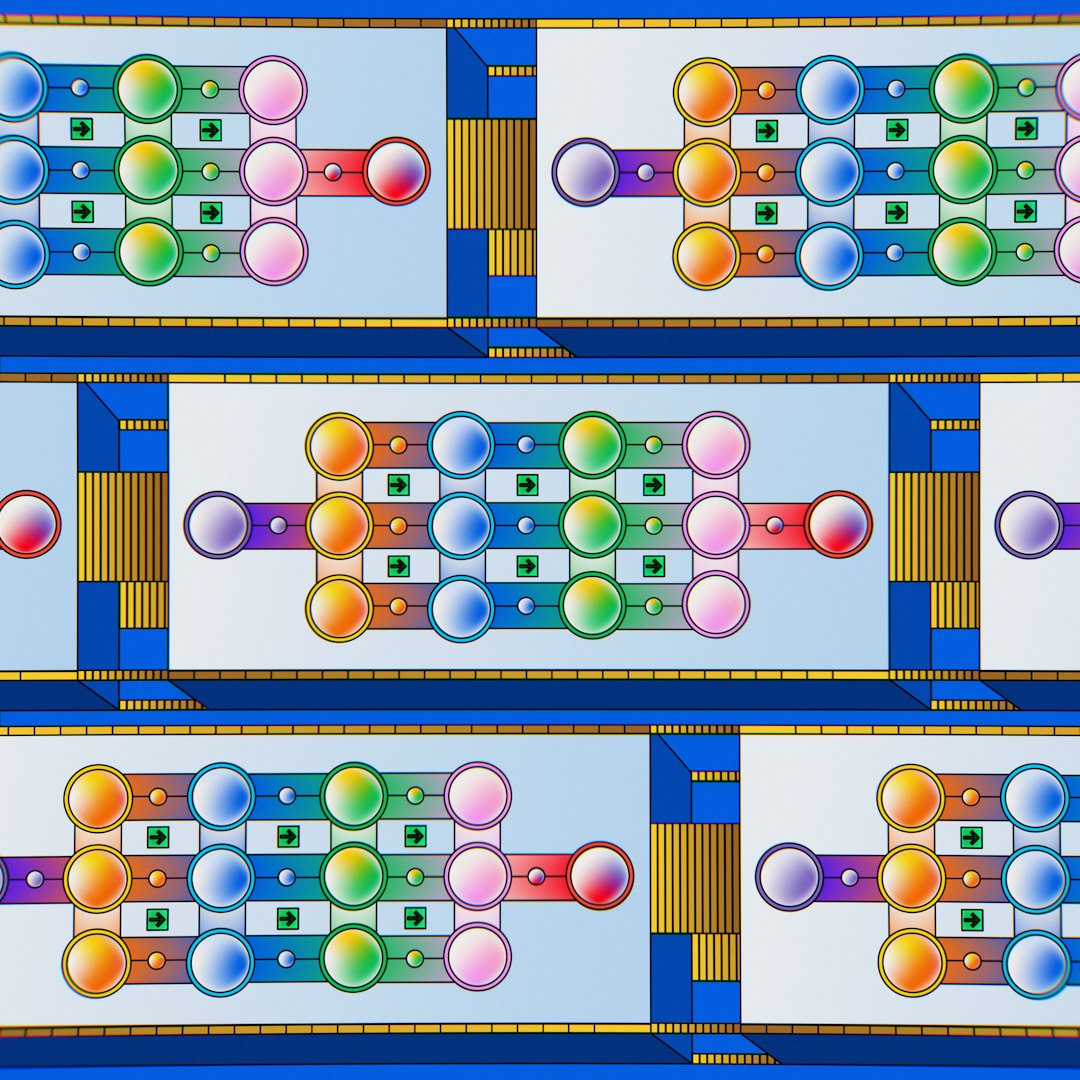Unlock encrypted content
Please enter your SSCE key to initiate on-the-fly decryption.
Decryption key: (Click cancel if you don't have the key)
Copied link to clipboard.
This feature is unavailable for free accounts. Upgrade now and enjoy all Premium benefits.
Go Premium!
This feature is unavailable for free accounts. Upgrade now and enjoy all Premium benefits.
Go Premium!
Please open this page in browser ( Google Chrome or Safari ) to use this feature.
Open In Browser
Emerging Technologies: Cyborgs, Androids, 3D Printing, and More
Random related video for this blog.
Copied share link to clipboard.
From cyborgs and androids to 3D printing and self-driving cars, these innovations are revolutionizing various industries and opening up new possibilities. This article explores some of the most exciting emerging technologies, including their benefits, applications, and potential impacts on society.
Cyborgs and Androids: Blurring the Line Between Humans and Machines
Cyborgs and androids are two fascinating technologies that bridge the gap between humans and machines. A cyborg refers to a being that combines both biological and artificial elements, enhancing human capabilities with technological enhancements. On the other hand, an android is a humanoid robot designed to resemble and interact with humans. One of the key benefits of cyborgs and androids is their potential to improve human capabilities and quality of life. For example, individuals with mobility impairments can use robotic exoskeletons to regain their ability to walk. Additionally, advancements in neural interfaces allow people with paralysis to control robotic limbs using their thoughts. In the medical field, cyborgs and androids play a crucial role in assisting surgeons and providing personalized care to patients. Surgical robots enable minimally invasive procedures, reducing the risks associated with traditional surgeries. Androids equipped with artificial intelligence can assist healthcare professionals in diagnosing diseases and providing recommendations for treatment.3D Printing: Transforming Manufacturing and Beyond
3D printing, also known as additive manufacturing, is revolutionizing the way we produce objects. This technology allows for the creation of three-dimensional objects by layering materials based on digital designs. From manufacturing prototypes to building custom prosthetics, 3D printing offers numerous benefits across various industries. One of the key advantages of 3D printing is its ability to reduce costs and increase efficiency in manufacturing. Traditional manufacturing methods often involve complex processes and high material wastage. With 3D printing, objects can be created with minimal waste, resulting in cost savings and amore sustainable approach. Moreover, 3D printing enables customization and personalization like never before. Medical professionals can create patient-specific implants and prosthetics, ensuring a perfect fit and improved patient outcomes. In the automotive industry, 3D-printed parts can be tailored to specific vehicle models, optimizing performance and reducing weight.
Robotics: Automating Tasks and Enhancing Efficiency
Robots have long been a staple of science fiction, but they are now becoming a reality in our everyday lives. From automated manufacturing processes to household chores, robotics is transforming the way we work and live. One of the primary benefits of robotics is its ability to automate repetitive and mundane tasks. This frees up human workers to focus on more complex and creative endeavors, leading to increased productivity and job satisfaction. In industries such as logistics and warehousing, robots can efficiently handle tasks such as sorting, picking, and packing, reducing errors and improving efficiency. Robots are also making a significant impact in the healthcare sector. Surgical robots allow for precise and less invasive procedures, leading to faster recovery times and reduced risks for patients. Additionally, companion robots can provide emotional support and assistance to the elderly and people with disabilities, enhancing their quality of life.Data Storage: Cloud Storage and File Protection
In today's digital age, data storage has become a critical aspect of our lives. Whether it's personal photos and videos or sensitive business documents, ensuring the security and accessibility of our data is paramount. Two emerging technologies that address these concerns are cloud storage and file protection. Cloud storage allows users to store and access their data remotely, eliminating the need for physical storage devices. This technology offers several benefits, such as scalability, cost-effectiveness, and ease of access from multiple devices. With cloud storage, users can upload, share, and collaborate on files seamlessly. File protection technologies, such as encryption and secure file sharing, play a crucial role in safeguarding sensitive information. Encryption ensures that data is encrypted and can only be accessed by authorized individuals. Secure file sharing platforms provide an extra layer of protection when sharing files, preventing unauthorized access and ensuring confidentiality.Conclusion
As technology continues to advance, emerging technologies like cyborgs, androids, 3D printing, robotics, and data storage solutions are transforming various industries and shaping the future. These innovations offer numerous benefits, from enhancing human capabilities to improving efficiency and data security. However, they also raise ethical and societal questions that need to be addressed to ensure responsible and inclusive adoption. By embracing these emerging technologies and harnessing their potential, we can create a more connected, efficient, and sustainable world.Frequently Asked Questions (FAQs) Question: What is the difference between a cyborg and an android? Answer:
A cyborg combines biological and artificial elements to enhance human capabilities, while an android is a humanoid robot designed to resemble and interact with humans. Question: How does 3D printing benefit the manufacturing industry? Answer:
3D printing reduces costs, increases efficiency, and allows for customization and personalization in manufacturing processes. Question: What are the advantages of cloud storage? Answer:
Cloud storage offers scalability, cost-effectiveness, and easy access to data from multiple devices. Question: How does file protection ensure data security? Answer:
File protection technologies like encryption and secure file sharing prevent unauthorized access and ensure the confidentiality of sensitive information. Question: How can robotics improve efficiency in industries? Answer:
Robotics automates repetitive tasks, reduces errors, and frees up human workers to focus on more complex and creative endeavors.
By Amelia Isabella
Email: [email protected]
Related
Cloud Storage Reliability: A Game-Changer in Data Management and Collaboration.
June 18, 2023
Read More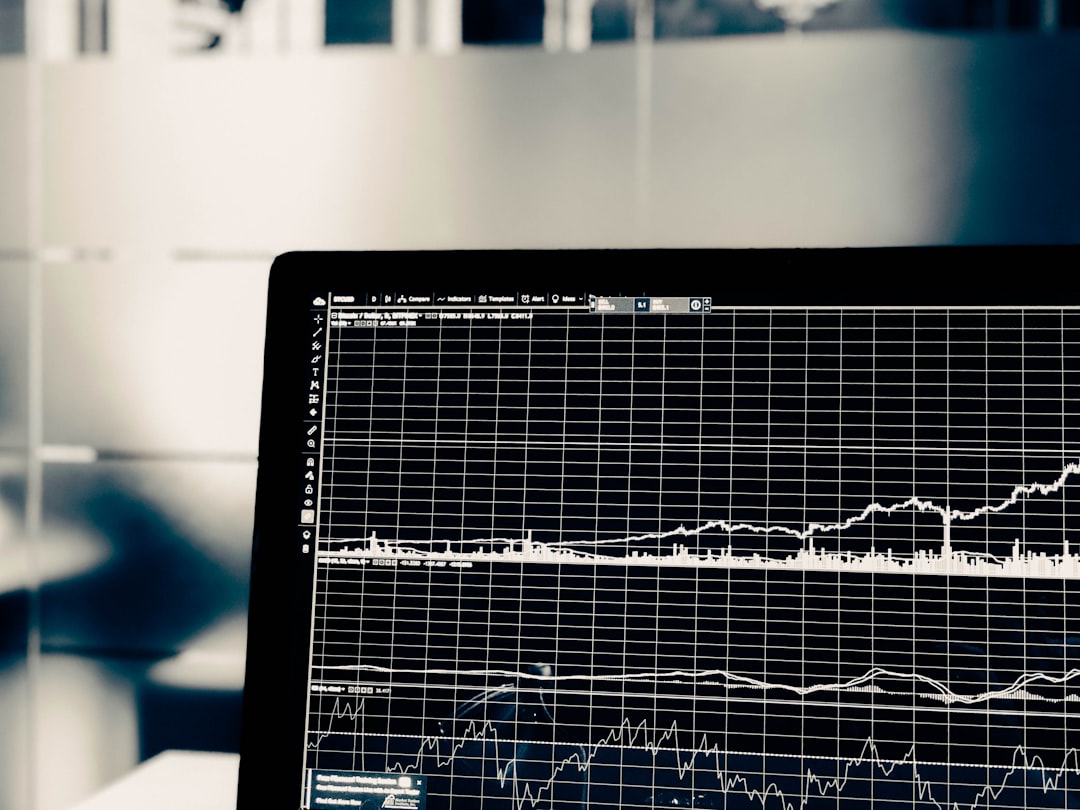
Popular
The Future of Digital Transformation: Exploring Smart Homes, Efficient File...
November 30, 2025
Read More
Latest
The Future of Digital Transformation: Exploring Smart Homes, Efficient File...
November 30, 2025
Read More
Exploring the Benefits of Cloud Storage and Innovative Technologies in...
November 26, 2025
Read More
The Future of Technology: Exploring Biohacking, Space Tourism, and Digital...
November 23, 2025
Read More
The Future of File Sharing: Streamlined Workflows for Photographers and...
November 19, 2025
Read More
Exploring the Intersection of Technology: From Cybersecurity to Augmented Reality...
November 16, 2025
Read More
The Future of File Management: Embracing Edge Computing and Efficient...
November 12, 2025
Read More
The Future of File Sharing: Exploring User-Friendly Solutions and Data...
November 5, 2025
Read More
The Future of Cloud Storage: How FileLu Empowers Creative Professionals...
November 2, 2025
Read More
The Future of Autonomous Technologies: Innovations in Robotics, File Sharing,...
October 29, 2025
Read More
Emerging Technologies Revolutionizing File Management: From Li-Fi to Robust Collaboration...
October 26, 2025
Read More
Emerging Technologies: Exploring the Impact of File Access Auditing, Genetic...
October 19, 2025
Read More
The Future of Data Storage: Exploring Advanced Encryption, Mobile Integration,...
October 5, 2025
Read More
Exploring the Future of Data Management: Security, Efficiency, and Cognitive...
September 28, 2025
Read More
Revolutionizing Data Management: Innovations in Storage, Security, and Sustainable Technology.
September 24, 2025
Read More

